Digital Echoes: The Subtle Erosion of Cultural Diversity in the Age of AI
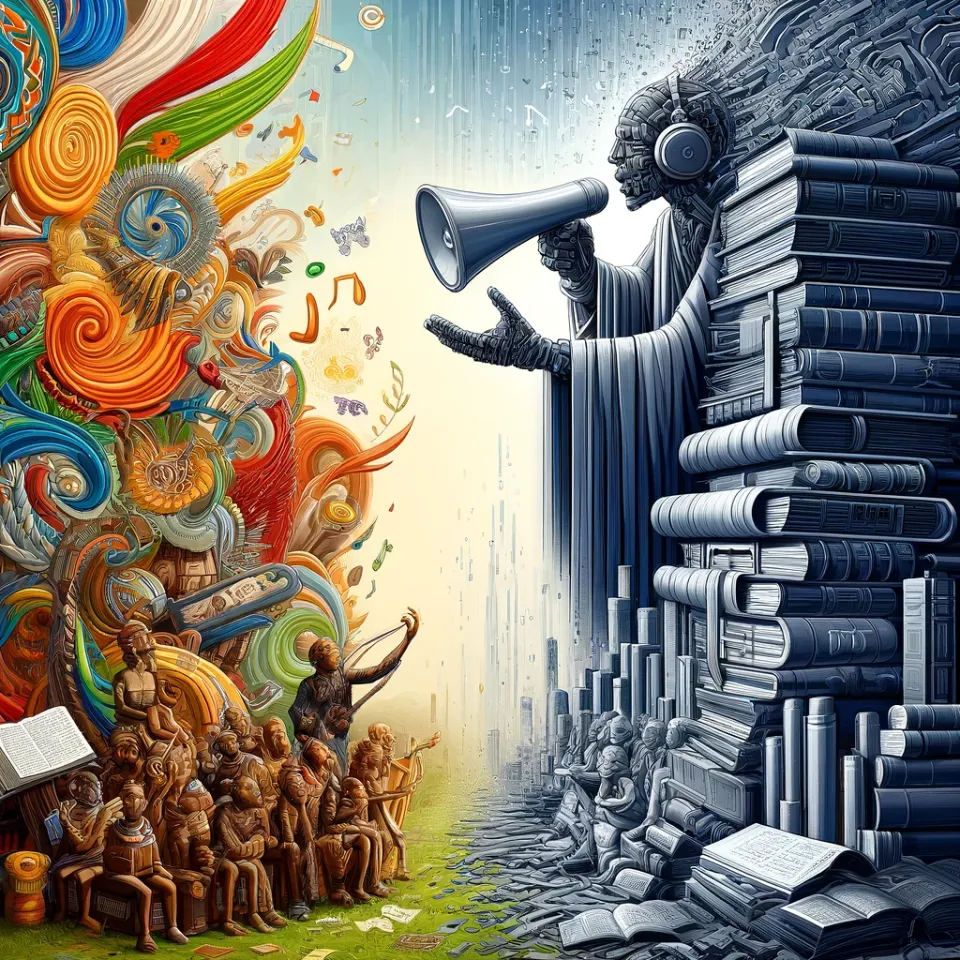
This piece could also have been titled;

1. "Vanishing Voices: How AI Shapes and Silences Our Cultural Heritage"
2. "Algorithms of Assimilation: The Cultural Cost of Machine Learning"
3. "The Silent Fade: AI and the Loss of Cultural Nuance"
4. "Echoes of Homogeny: Preserving Culture in the Age of AI"
5. "Cultural Shadows: The Hidden Impact of AI on Diverse Traditions"
Throughout history, griots have been the custodians of oral traditions, preserving the rich tapestry of West African culture through storytelling, music, and poetry. These cultural guardians ensure that the nuanced histories and vibrant traditions of their communities endure across generations. However, in today's digital age, Large Language Models (LLMs) have emerged as modern counterparts, shaping and disseminating vast amounts of information. While LLMs offer unprecedented access to knowledge, they also pose subtle threats to cultural diversity, often privileging dominant narratives and excluding less digitized traditions. This essay explores the delicate balance between technological advancement and cultural preservation, examining how LLMs can both enrich and erode the intricate fabric of human heritage.

Griots are a vital part of West African culture, known for their multifaceted roles as storytellers, historians, poets, musicians, and oral historians. Here's more about them:
Historical Role:
- Oral Historians: Griots are the keepers of oral tradition, preserving the history, genealogies, and cultural practices of their communities. They pass down knowledge through generations by memorizing and reciting vast amounts of information.
- Advisors: Historically, griots served as advisors to kings and chiefs, offering counsel based on their deep knowledge of history and social customs.
Musical Influence:
- Instrumentalists: Griots are skilled musicians, often playing traditional instruments such as the kora (a 21-string lute-bridge-harp), the balafon (a type of wooden xylophone), and the ngoni (a small stringed instrument).
- Praise Singers: They perform praise songs for individuals, families, and communities, celebrating achievements and important events. These performances can be both poetic and musical.
Cultural Significance:
- Cultural Guardians: Griots play a crucial role in preserving and promoting the cultural heritage of their communities. They are seen as living libraries, maintaining the continuity of traditions and values.
- Education: Through storytelling and music, griots educate younger generations about their history, moral lessons, and cultural norms.
Modern Influence:
- Contemporary Griots: Today, griots continue to practice their art, adapting to modern contexts while maintaining traditional elements. They perform at ceremonies, festivals, and other cultural events.
- Influence on Hip-Hop: The griot tradition has significantly influenced hip-hop, with its emphasis on storytelling, rhythm, and social commentary. Modern rappers can be seen as contemporary griots, using their music to narrate personal and communal histories and address social issues.
Famous Griots:
- Toumani Diabaté: A renowned kora player from Mali, Diabaté comes from a long line of griots and has brought the tradition to international audiences.
- Salif Keita: Although not a griot by birth, Keita has collaborated with griots and incorporated their traditions into his music, highlighting the interconnectedness of West African musical traditions.
In essence, griots are the cultural and historical backbone of many West African societies, blending the roles of historian, musician, poet, and educator into a single, respected figure.
Griots are like storyteller historians who use rhythm and song to convey their narratives. They preserve and transmit the history, culture, and traditions of their communities through engaging performances that combine storytelling, music, and poetry. This oral tradition has been integral in maintaining the continuity of cultural heritage in West Africa for centuries.
Griots and Elders:

- Griots: As custodians of oral tradition, griots play a significant role in preserving and transmitting cultural knowledge. They decide what stories, histories, and traditions to retain based on their training and the needs of their community.
- Elders: Community elders, respected for their wisdom and experience, also have a significant influence on which aspects of culture are preserved. They guide younger generations and support griots in maintaining cultural practices.
Community Consensus:
- Collective Memory: Cultural retention is often a communal decision, where the collective memory of a community determines which traditions and stories are valued and passed down.
- Cultural Practices: Rituals, ceremonies, and daily practices help reinforce and retain cultural elements. The community collectively participates in these practices, ensuring their continuity.
Adaptation and Change:
- Relevance: Cultural elements that remain relevant to the community's current social, economic, and spiritual needs are more likely to be retained. Those that lose relevance may gradually fade.
- Adaptation: Cultures are dynamic and adapt to changing circumstances. New elements may be incorporated, and old ones modified, ensuring that culture remains vibrant and applicable.
Institutional Influence:
- Educational Systems: Schools and educational institutions play a role in preserving culture through curricula that include traditional history, language, and practices.
- Cultural Organizations: Governments and non-governmental organizations (NGOs) may support cultural preservation through funding, policies, and programs aimed at safeguarding intangible cultural heritage.
Individuals and Families:
- Family Tradition: Families play a crucial role in cultural retention by teaching children about their heritage, language, and traditions.
- Artists and Creators: Individuals such as musicians, artists, and writers help preserve and disseminate culture through their creative works, ensuring that cultural expressions continue to evolve and reach new audiences.
In essence, the retention of culture is a collaborative process involving griots, elders, the community, educational institutions, cultural organizations, and individual families. Each of these entities contributes to the ongoing preservation and adaptation of cultural heritage.
In many cultures, both men and women have traditionally held roles as custodians of oral tradition, history, and culture through storytelling, music, and other forms of expression. Here are a few examples of how different genders contribute to cultural preservation and transmission:
West African Cultures:
- Griots and Griottes: In West African cultures, griots (male) and griottes (female) both play significant roles in preserving and transmitting oral traditions. They perform at ceremonies, educate the community, and serve as living repositories of cultural knowledge.
Native American Cultures:

- Storytellers: In many Native American tribes, both men and women are key storytellers, passing down myths, legends, and histories through generations. These stories convey important cultural values and lessons.
- Clan Leaders: In some tribes, leadership roles are shared between men and women, with both contributing to the maintenance of cultural traditions and social order.
Asian Cultures:
- Traditional Performers: In various Asian cultures, both men and women have been involved in traditional arts like dance, music, and storytelling, playing a role in preserving cultural heritage.
- Cultural Custodians: Gender roles in cultural preservation are often fluid, with both men and women taking on responsibilities for maintaining and transmitting cultural knowledge.
Middle Eastern Cultures:
- Hakawati (Storytellers): In Middle Eastern cultures, hakawati are traditional storytellers. Both men and women have been known to preserve and share cultural stories and folklore.
European Cultures:
- Bards and Minstrels: In medieval Europe, both male and female bards and minstrels preserved and performed songs, poetry, and stories. They played a role in maintaining cultural narratives through their performances.
Contemporary Roles:
- Writers and Poets: In modern times, individuals of all genders contribute to preserving and promoting cultural heritage through their creative works, exploring and documenting cultural identities, histories, and traditions.
- Educators and Activists: People of all genders in educational and activist roles often work to preserve cultural heritage through teaching, community organizing, and advocacy.
These examples show that across various cultures and historical periods, the preservation and transmission of cultural heritage is a collaborative effort involving individuals of all genders. Gender equality in cultural roles ensures a richer and more diverse preservation of traditions and histories.


Argument: How LLMs Slowly Erode Culture
Large Language Models (LLMs) are powerful tools that have revolutionized information processing and access. However, their widespread use also poses a subtle yet significant threat to cultural diversity and integrity. Here’s a compelling argument on how LLMs can slowly erode culture:
1. Homogenization of Information
LLMs are trained on vast datasets that often prioritize widely available and popular content. This can lead to:
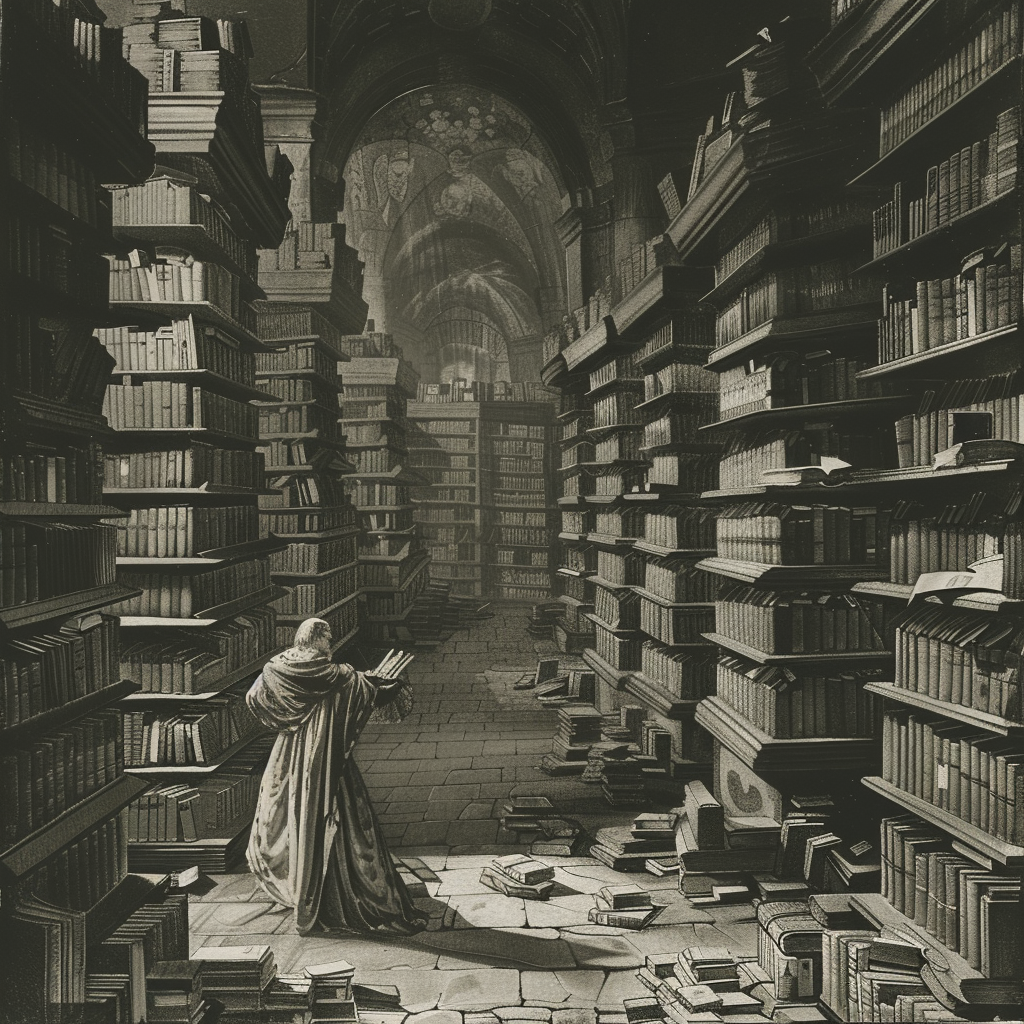
- Dominance of Mainstream Culture: LLMs tend to amplify the most common and accessible cultural narratives, often those from dominant cultures with extensive digital footprints. This can marginalize smaller, less documented cultures.
- Loss of Nuance: The nuances of local dialects, idioms, and unique cultural expressions may be diluted or lost entirely as LLMs generalize language to fit broader, more commonly used patterns.
2. Exclusion of Undigitized Knowledge
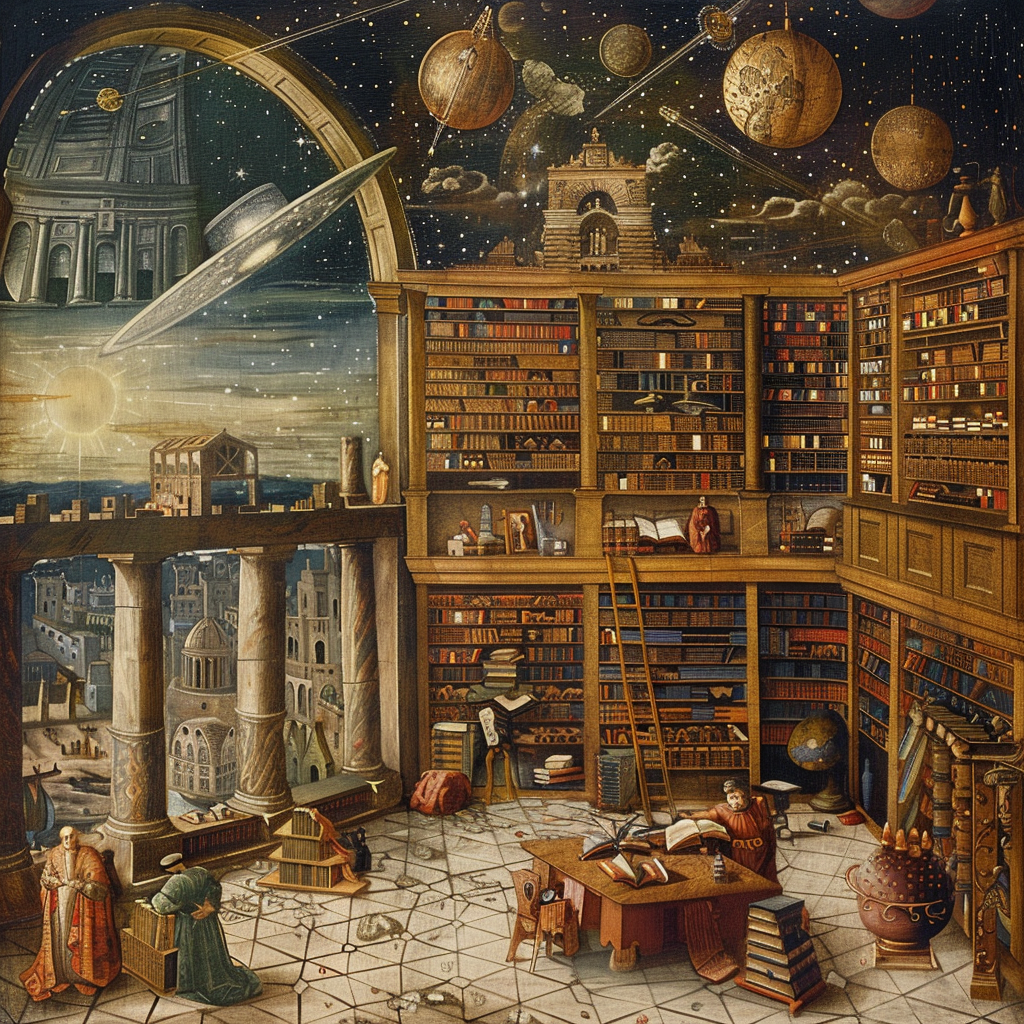
Many cultural practices, oral histories, and traditions are not digitized and thus remain outside the reach of LLM training datasets:
- Neglect of Oral Traditions: Cultures that rely heavily on oral traditions may find their histories and knowledge excluded from digital archives, leading to a gradual fading of these traditions.
- Artifacts and Non-Textual Culture: Cultural elements that are not easily converted to text, such as rituals, performances, and visual arts, may be underrepresented or misunderstood in LLM outputs.

3. Cultural Bias and Representation
LLMs reflect the biases present in their training data:
- Underrepresentation of Marginalized Cultures: Cultures with less online presence or fewer digital resources are often underrepresented, leading to a biased understanding of global culture.
- Reinforcement of Stereotypes: Without careful curation, LLMs can perpetuate stereotypes and inaccuracies, further entrenching misconceptions about certain cultures.
4. Erosion of Cultural Specificity
As LLMs aim to provide generalized answers, they may:
- Simplify Complex Traditions: Complex cultural practices and beliefs can be oversimplified, stripping them of their rich context and meaning.
- Generic Responses: The tendency to provide generalized responses can lead to a loss of cultural specificity, making unique cultural aspects seem trivial or irrelevant.
5. Impact on Language Diversity
Language is a core component of culture, and LLMs primarily focus on major languages:
- Endangerment of Minority Languages:Languages with fewer speakers and less digital content may be overlooked, contributing to their decline.
- Standardization Pressure: The push towards standardized language forms can discourage the use of regional dialects and minority languages, leading to linguistic homogenization.
6. Dependence on Digital Archives
Increasing reliance on LLMs can shift cultural preservation efforts towards digital archiving:
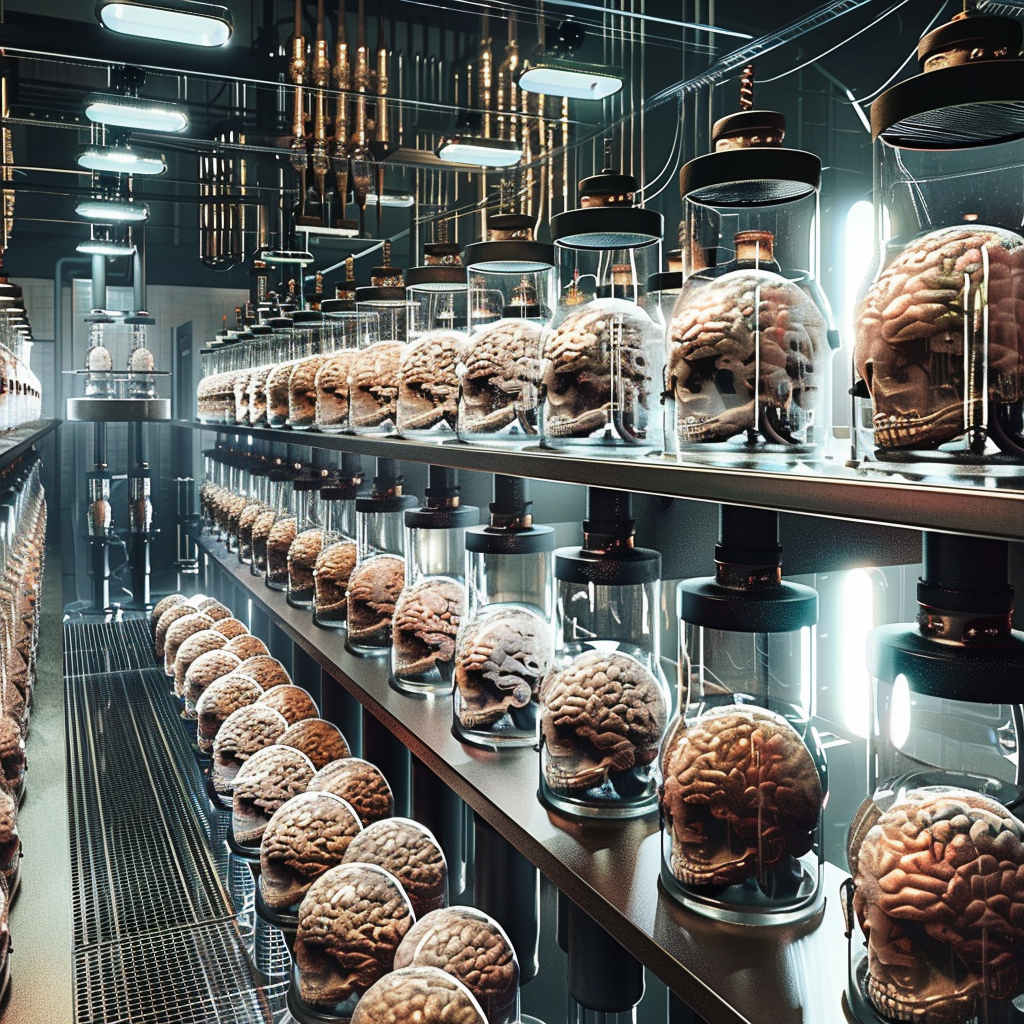
- Digital Divide: Communities without robust digital infrastructure may struggle to preserve their cultural heritage, widening the gap between digitally connected and disconnected cultures.
- Reliance on Algorithms: The preservation of culture becomes dependent on algorithms and digital platforms, which may not prioritize cultural diversity or historical accuracy.
Conclusion
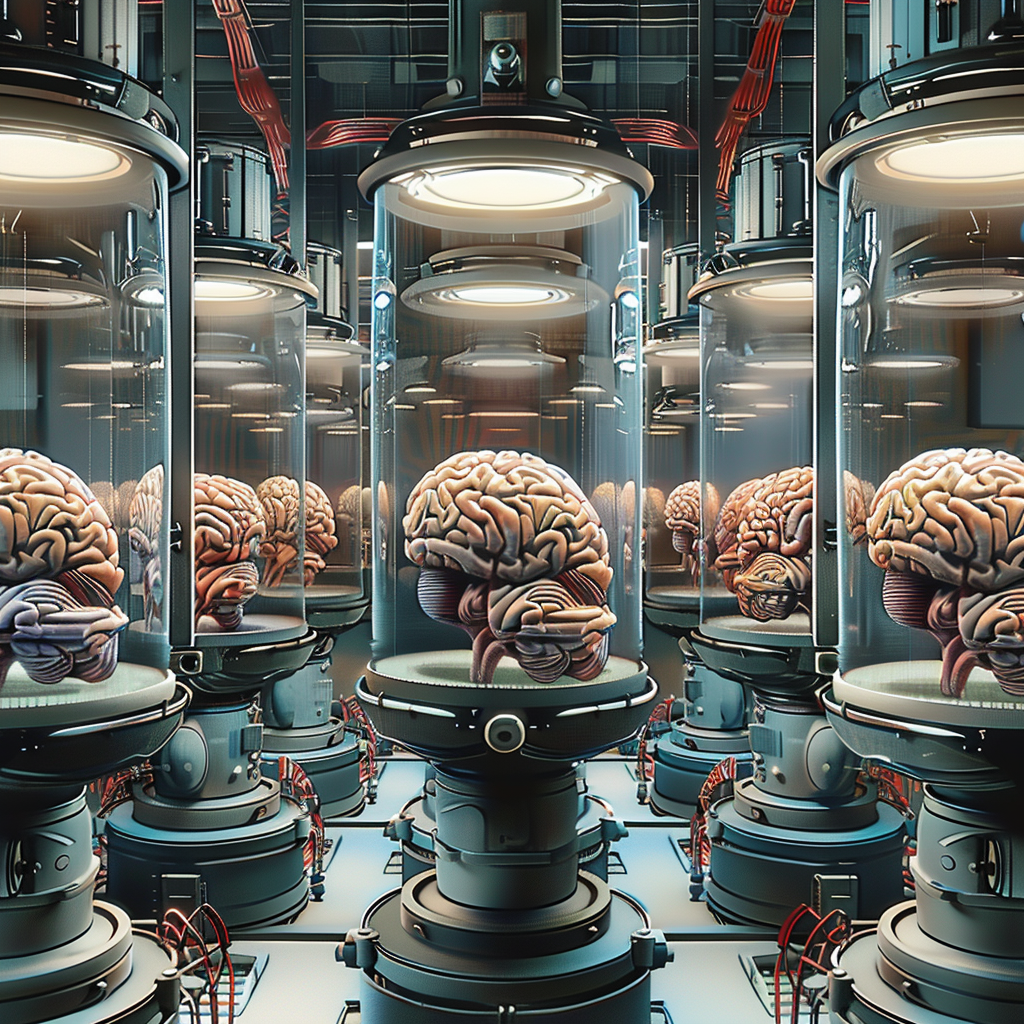
While LLMs offer tremendous benefits in terms of information accessibility and processing, their influence on culture must be critically examined. The erosion of cultural diversity and integrity is a real risk if these technologies are not used thoughtfully and inclusively. Ensuring that LLMs are trained on diverse, representative datasets and incorporating human oversight in cultural documentation can help mitigate these risks. It is crucial to balance technological advancement
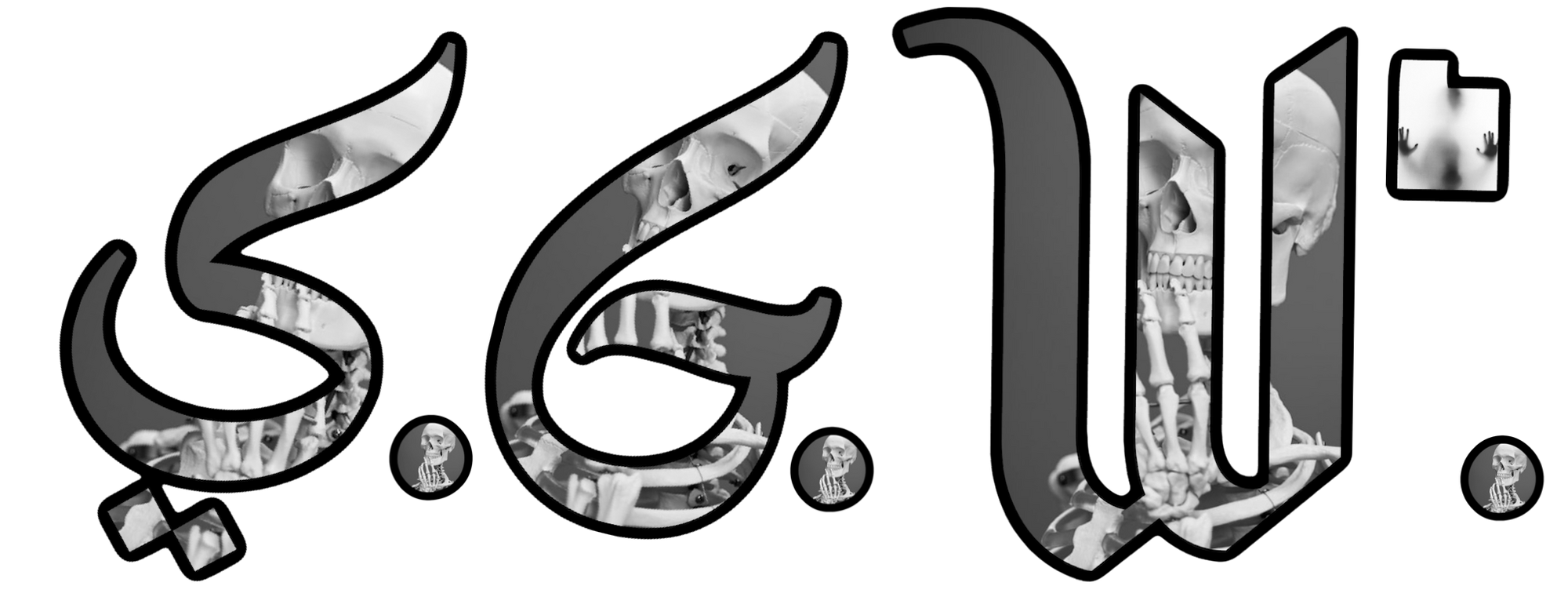
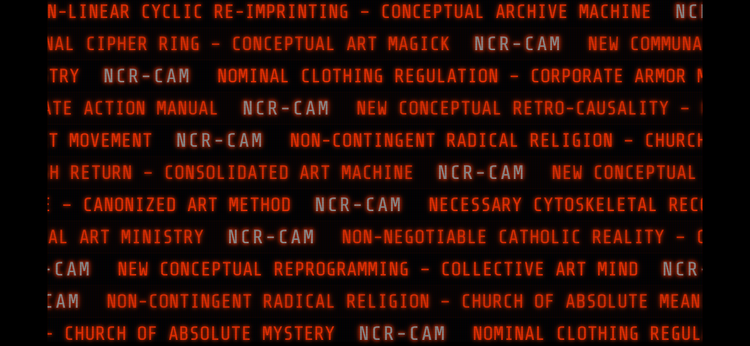




Member discussion